Last month, i spent a few days in Leipzig. The food was awful but the quality of the art museums made up for all that over-boiled broccoli. I was so impressed by the architecture and the collection of MdbK that i went twice. But the one exhibition i’d recommend you don’t miss if ever you find yourself in or near the German city is Megalopolis: Voices from Kinshasa at the GRASSI Museum of Ethnography.
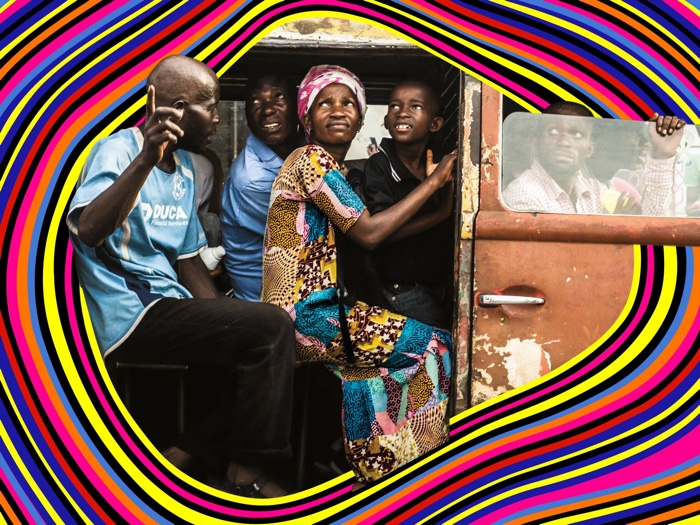
The first reason for my enthusiasm is Kinshasa, the fascinating capital of a country that deserves to be known for something else than its bleak politics, painful colonial past and richness in minerals. Kinshasa is a megacity with some twelve million inhabitants (other sources than the museum press release even talk about 17 million inhabitants.) It is Africa’s third-largest urban territory after Cairo and Lagos. It is also one of the world’s largest French-speaking urban area. The capital of the Democratic Republic of the Congo is a cultural hub with barely any art market or art support. Local artists have thus developed creative, DIY solutions to make the best of the materials available around them. There’s a lot of recycling of electronics that Western countries discarded and dumped on African countries. Or ingenious improvisation with plastic syringes and flip-flops.
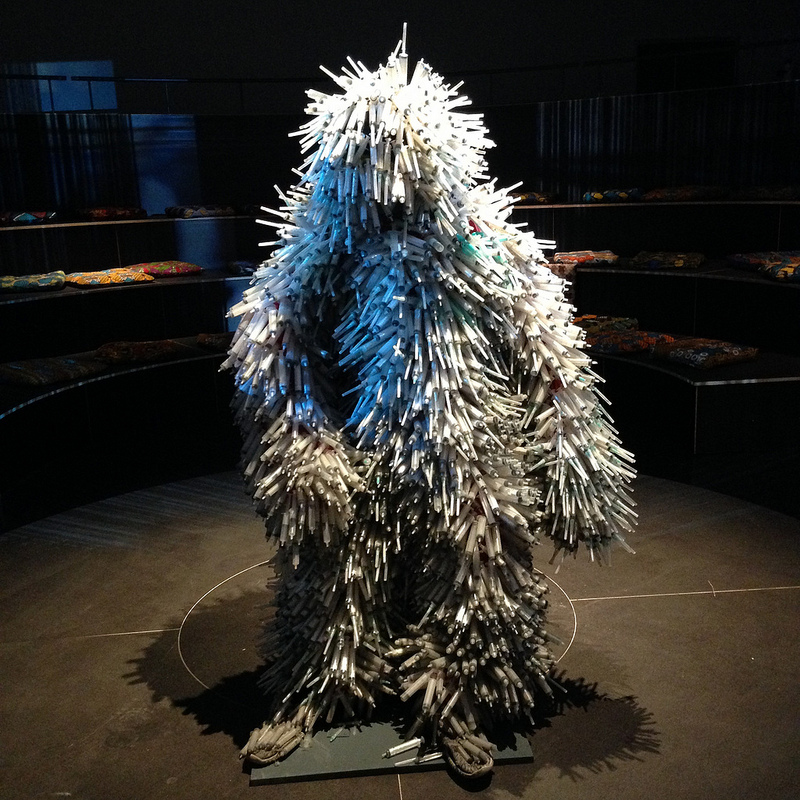
Flory Sinanduku, Homme seringue, 2018
The second reason why i suggest you swing by the Grassi museum is that Museum director Nanette Snoep asked Kinshasa-based artists Eddy Ekete and Freddy Tsimba to curate Megalopolis: Voices from Kinshasa. The exhibition is thus entirely in the hands of local talents, not European ethnologists and curators. They selected the artists who best represent the concerns and currents in Kinshas and were not afraid to spark conversations about the way European museums of ethnology deal with (often ill-gained) colonial cultural artefacts.
The third reason i loved the show is Azgard Itambo. I’ll always have a soft spot for street photography. And Azgard Itambo seems to have an eye as keen as Kiripo Katembo‘s when it comes to portraying the everyday life of the “Kinois”, the residents of Kinshasa. See for yourself:
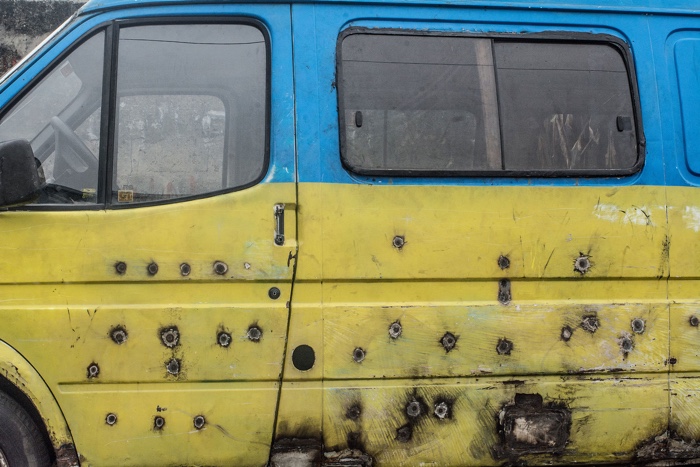
Azgard Itambo, from the series Code K.I.N., 2018. GRASSI Museum für Völkerkunde zu Leipzig, © Staatliche Kunstsammlungen Dresden
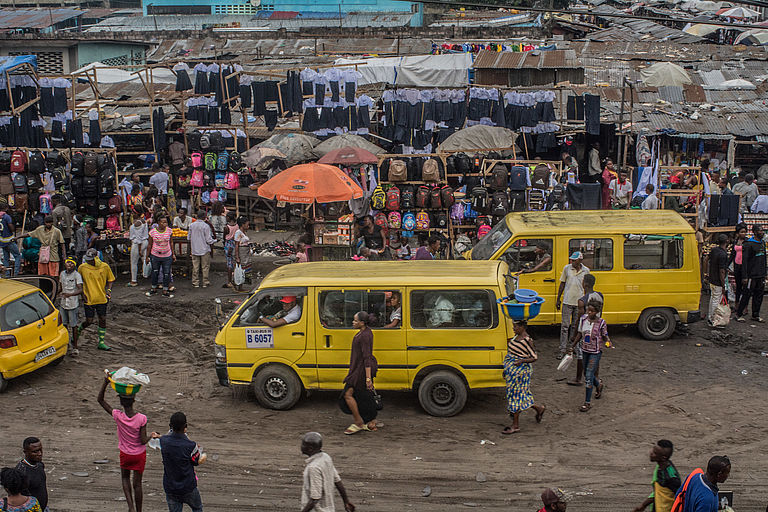
Azgard Itambo, from the series Code K.I.N., 2018. GRASSI Museum für Völkerkunde zu Leipzig, © Staatliche Kunstsammlungen Dresden
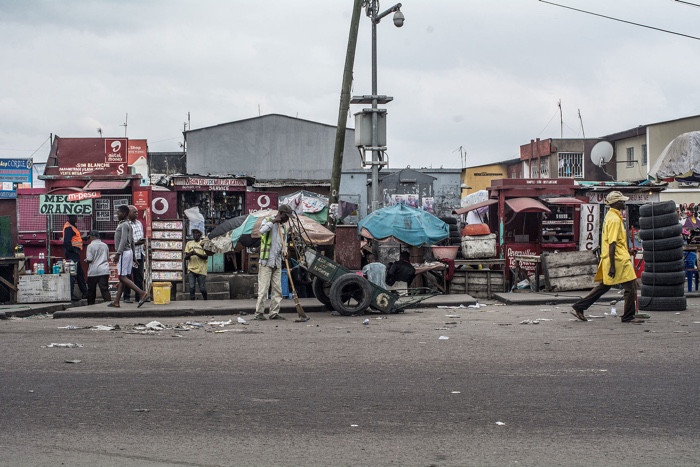
Azgard Itambo, from the series Code K.I.N., 2018. GRASSI Museum für Völkerkunde zu Leipzig, © Staatliche Kunstsammlungen Dresden
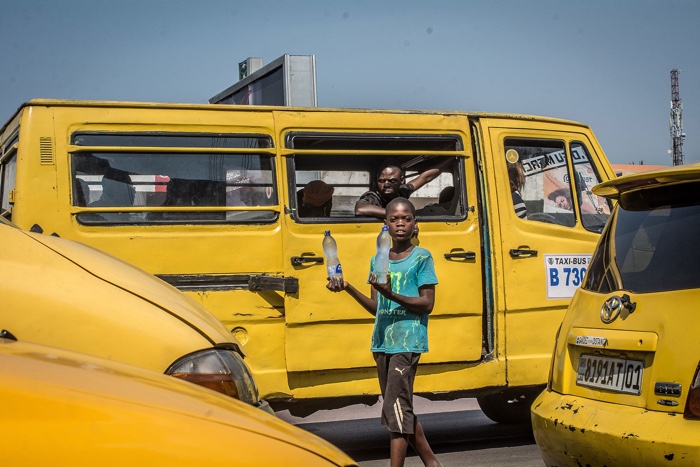
Azgard Itambo, from the series Code K.I.N., 2018. GRASSI Museum für Völkerkunde zu Leipzig, © Staatliche Kunstsammlungen Dresden
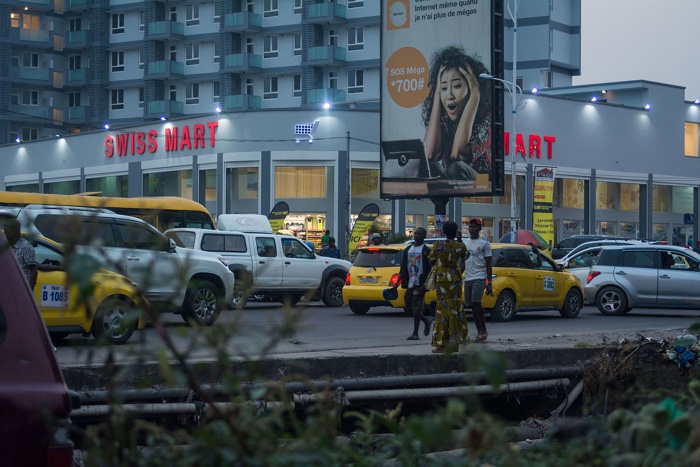
Azgard Itambo, from the series Code K.I.N., 2018. GRASSI Museum für Völkerkunde zu Leipzig, © Staatliche Kunstsammlungen Dresden
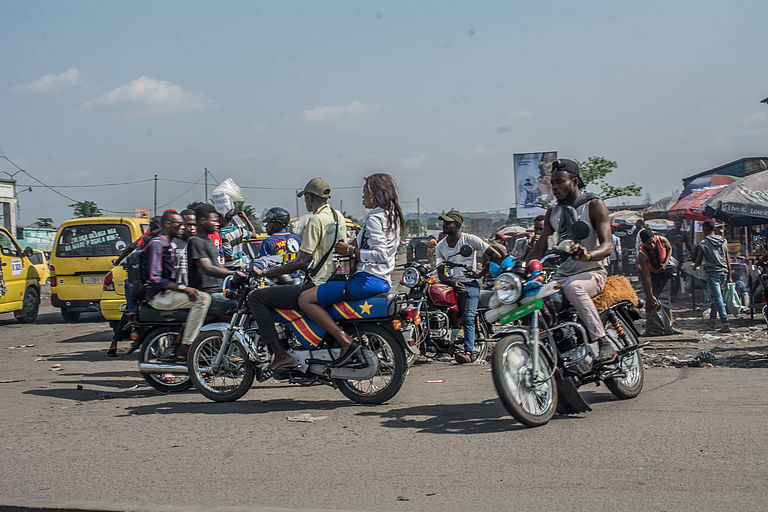
Azgard Itambo, from the series Code K.I.N., 2018. GRASSI Museum für Völkerkunde zu Leipzig, © Staatliche Kunstsammlungen Dresden
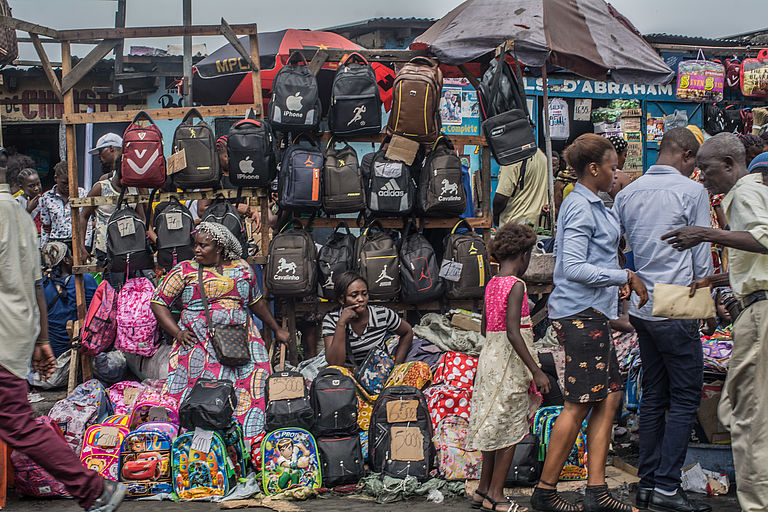
Azgard Itambo, from the series Code K.I.N., 2018. GRASSI Museum für Völkerkunde zu Leipzig, © Staatliche Kunstsammlungen Dresden
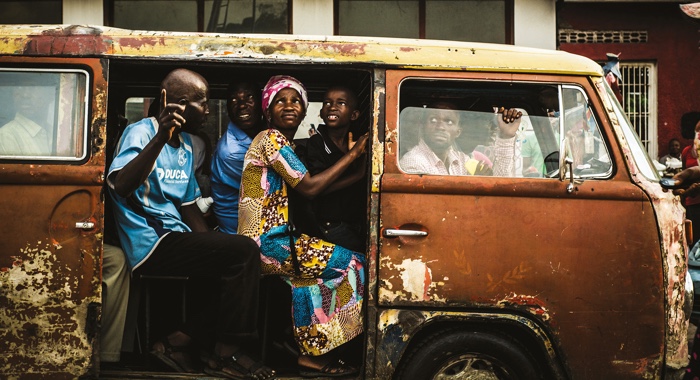
Azgard Itambo, from the photo series Moving Kinshasa, 2017. GRASSI Museum für Völkerkunde zu Leipzig, © Staatliche Kunstsammlungen Dresden
Views from the exhibition:
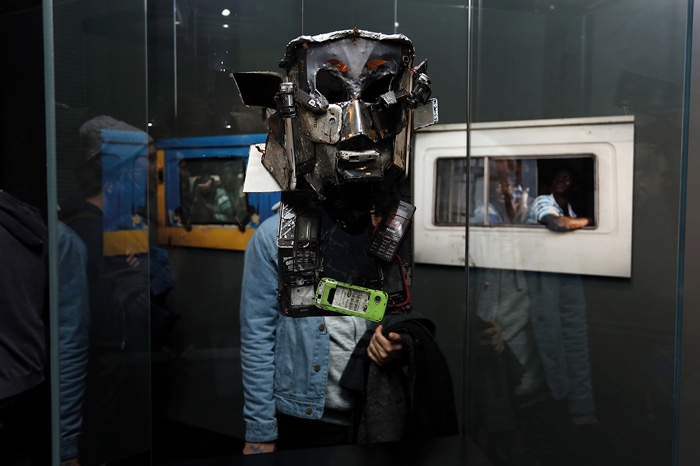
Megalopolis: Voices from Kinshasa, 2018, GRASSI Museum für Völkerkunde zu Leipzig, © Staatliche Kunstsammlungen Dresden. Photo: Mo Zaboli
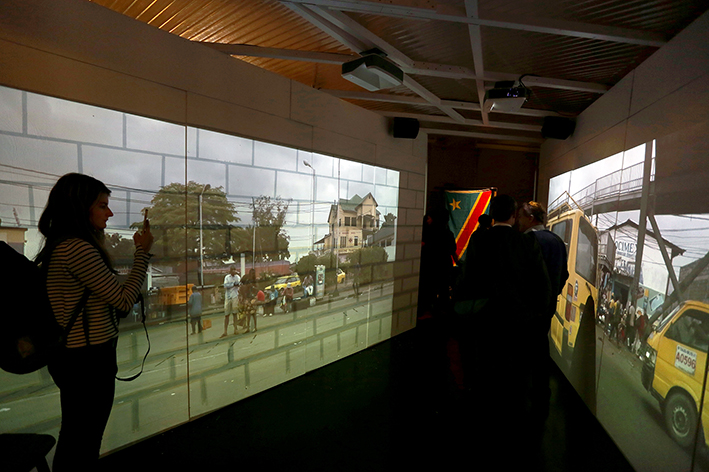
Megalopolis: Voices from Kinshasa, 2018, GRASSI Museum für Völkerkunde zu Leipzig, © Staatliche Kunstsammlungen Dresden. Photo: Mo Zaboli
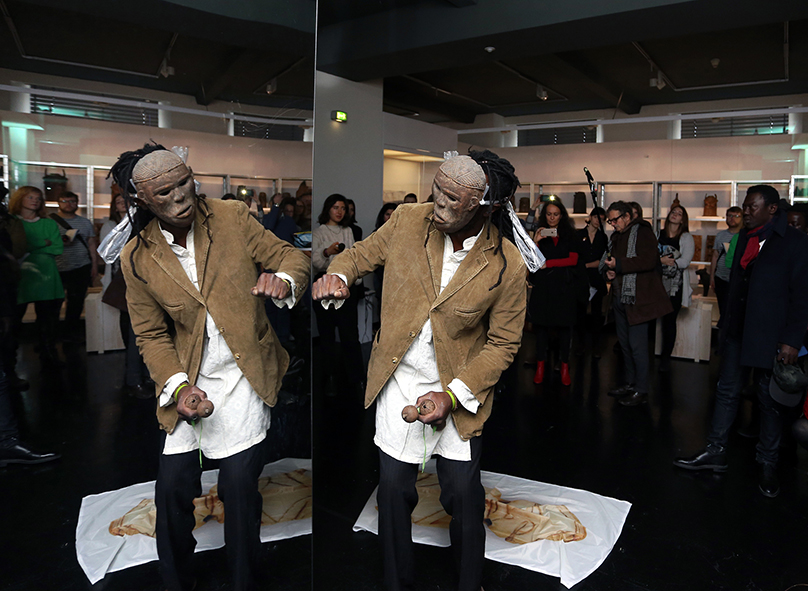
Megalopolis: Voices from Kinshasa, 2018, GRASSI Museum für Völkerkunde zu Leipzig, © Staatliche Kunstsammlungen Dresden. Photo: Mo Zaboli
I also enjoyed watching the video interviews with some of the artists in the show (mostly in french with German subtitles.)
Megalopolis: Voices from Kinshasa, curated by Eddy Ekete and Freddy Tsimba, is at the GRASSI Museum of Ethnography in Leipzig until 31 March 2019.
